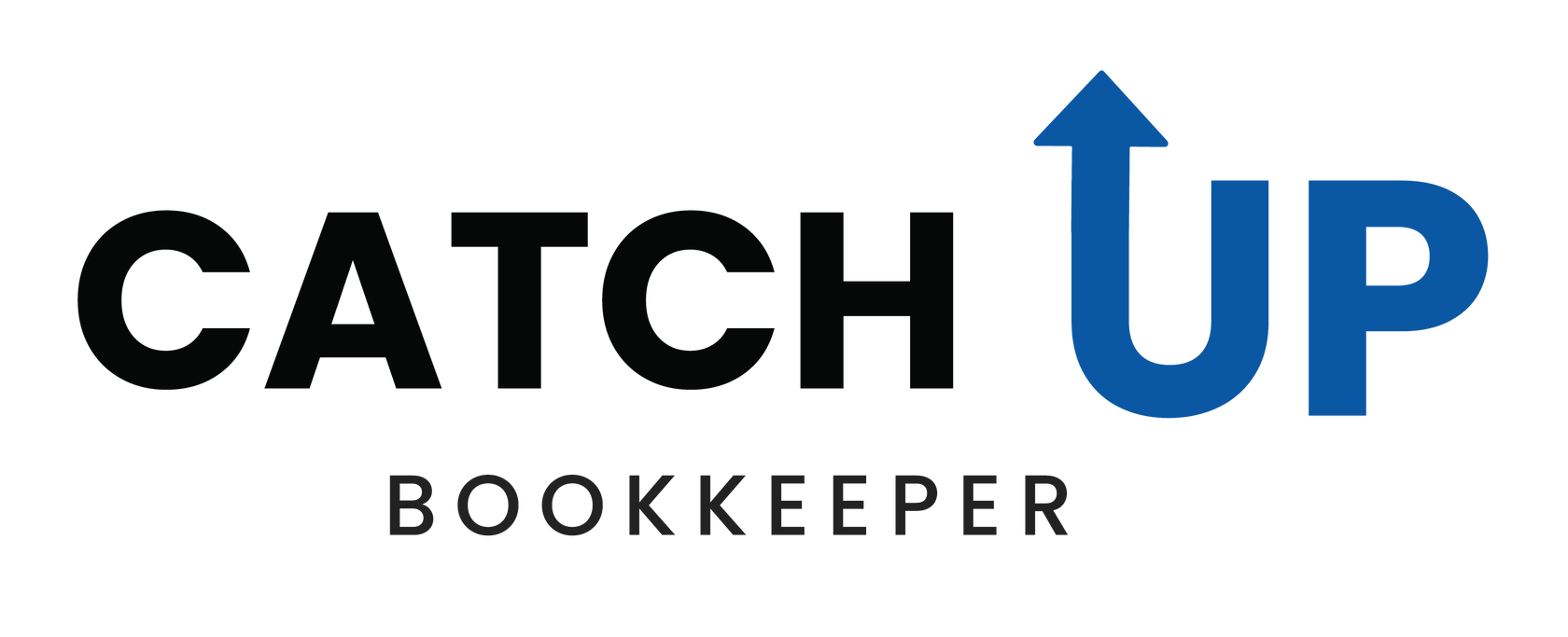For Canadian Small Business Only
RC66 Form – A Guide to Applying for the Canada Child Benefit (CCB)
Helping Ease the Cost of Raising Children in Canada: Understanding the Canada Child Benefit (CCB)
Raising children in Canada comes with significant expenses, but fortunately, there are programs to help offset some of these costs. One such program is the Canada Child Benefit (CCB), a tax-free monthly payment designed to support eligible families with children under 18. However, not everyone automatically qualifies, and you’ll need to apply to receive the CCB.
Here’s everything you need to know about completing the RC66 Form to apply for the Canada Child Benefit.

What Is the Canada Child Benefit (CCB)?
The Canada Child Benefit (CCB) is a tax-free monthly payment that eligible parents or guardians receive from the Canada Revenue Agency (CRA) to help cover the cost of raising children under 18. Your CCB amount is based on your net family income after your tax return has been processed.
Families with higher incomes receive lower benefit amounts, and additional funds are provided for children under 6. Shared custody arrangements can also impact the payment amount.
What Is the RC66 Form?
The RC66 Form, also known as the Child Tax Benefit Application, is the form you need to fill out to apply for the Canada Child Benefit. This form also allows you to apply for related benefits like the GST/HST Credit and the Climate Action Incentive Payment (CAIP).
If you’re a newcomer to Canada or a permanent resident, you’ll need to include the RC66SCH Form along with the RC66 to apply for the CCB.
When Should You Apply for the Canada Child Benefit?
It’s best to apply for the CCB as soon as possible to start receiving payments without delay. Apply when any of the following occurs:
- Your child is born or starts living with you.
- You begin or change a shared custody arrangement.
- You gain custody of a child or meet CCB eligibility requirements.
You only need to apply once, and the CRA will automatically reassess your eligibility each year based on your tax return. There’s no need to apply separately for provincial or territorial benefits—they’re included in the same application process.
How Do You Apply for the Canada Child Benefit?
There are three main ways to apply for the CCB:
- Apply at Birth: In some provinces, you can apply for the CCB when you register your child’s birth, either at the hospital or online.
- Apply by Mail: Complete the RC66 form and mail it to your tax centre. Processing takes around 11 weeks.
- Apply Online: You can also apply through your CRA My Account for faster processing.
Who Should Apply for the CCB?
Only the parent who is primarily responsible for the child’s daily care should apply for the CCB. This parent takes care of the child’s needs, medical appointments, and childcare arrangements. In most cases, this is assumed to be the child’s mother unless otherwise specified. If another parent is primarily responsible, the mother must provide a signed letter confirming this.
If the child has same-sex parents or lives in a shared custody arrangement, only one parent should apply for all the children in the household. Both parents must sign the RC66 form to confirm the information.
Even if the primary caregiver has no income, they still need to file a tax return to qualify for CCB payments. In this case, the CRA will base the CCB amount on the spouse’s or common-law partner’s income.
How Do You Fill Out the RC66 Form?
The RC66 Form is simple to complete. You’ll need to provide:
- Your social insurance number (SIN), marital status, and date of birth.
- Your spouse’s or common-law partner’s information.
- Your child’s details, such as name, birth date, and province or country of birth.
If you have more than four children, attach an additional RC66-1 Form.
For shared custody arrangements, include the date you began sharing custody.
Do You Need to Provide Additional Documents?
In certain cases, you may need to submit additional documents with your RC66 form, such as:
- Schedule RC66SCH: For newcomers or returning residents to Canada.
- Proof of Birth: If CRA has never paid benefits for the child before, or if you’re applying online through CRA My Account.
- Signed Letter from the Female Parent: If the other parent is the primary caregiver, the female parent must confirm this in writing.
- Proof of Citizenship and Address: If the child started living with you more than 11 months ago, you’ll need additional documents such as proof of citizenship and residency.
How Much Canada Child Benefit Will You Receive?
Your CCB amount is recalculated every July based on your family’s previous year’s income. In shared custody arrangements, the benefit is usually split between the parents. If one parent has more responsibility for the child’s care, they may receive the full benefit.
You can expect payments to begin 8 to 11 weeks after your application is submitted. CCB benefits are paid annually and will continue as long as you remain eligible.
Conclusion
The Canada Child Benefit (CCB) is a valuable resource for parents and guardians raising children in Canada. By completing the RC66 Form, you can ensure that you receive the financial support you’re entitled to for your family. Whether applying at birth, by mail, or online, make sure to provide all required documents to avoid delays and start receiving benefits as soon as possible.
Key Points:
- Don’t delay—apply for the Canada Child Benefit (CCB) as soon as your child is born or through the mail to start receiving payments promptly.
- CCB payments typically begin 8 to 11 weeks after submitting your application.
- Make sure to include any necessary additional documents to avoid delays in your application.
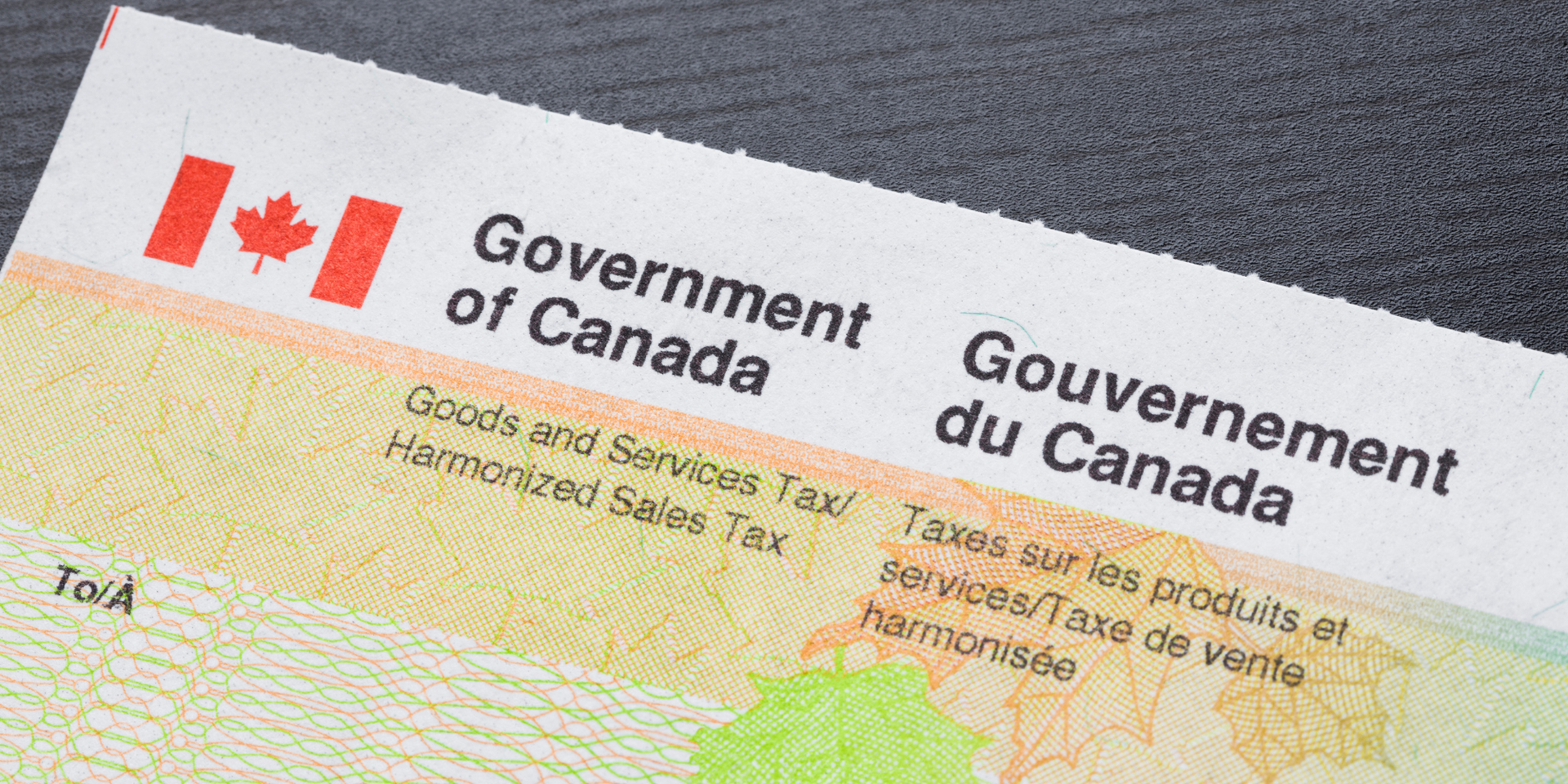



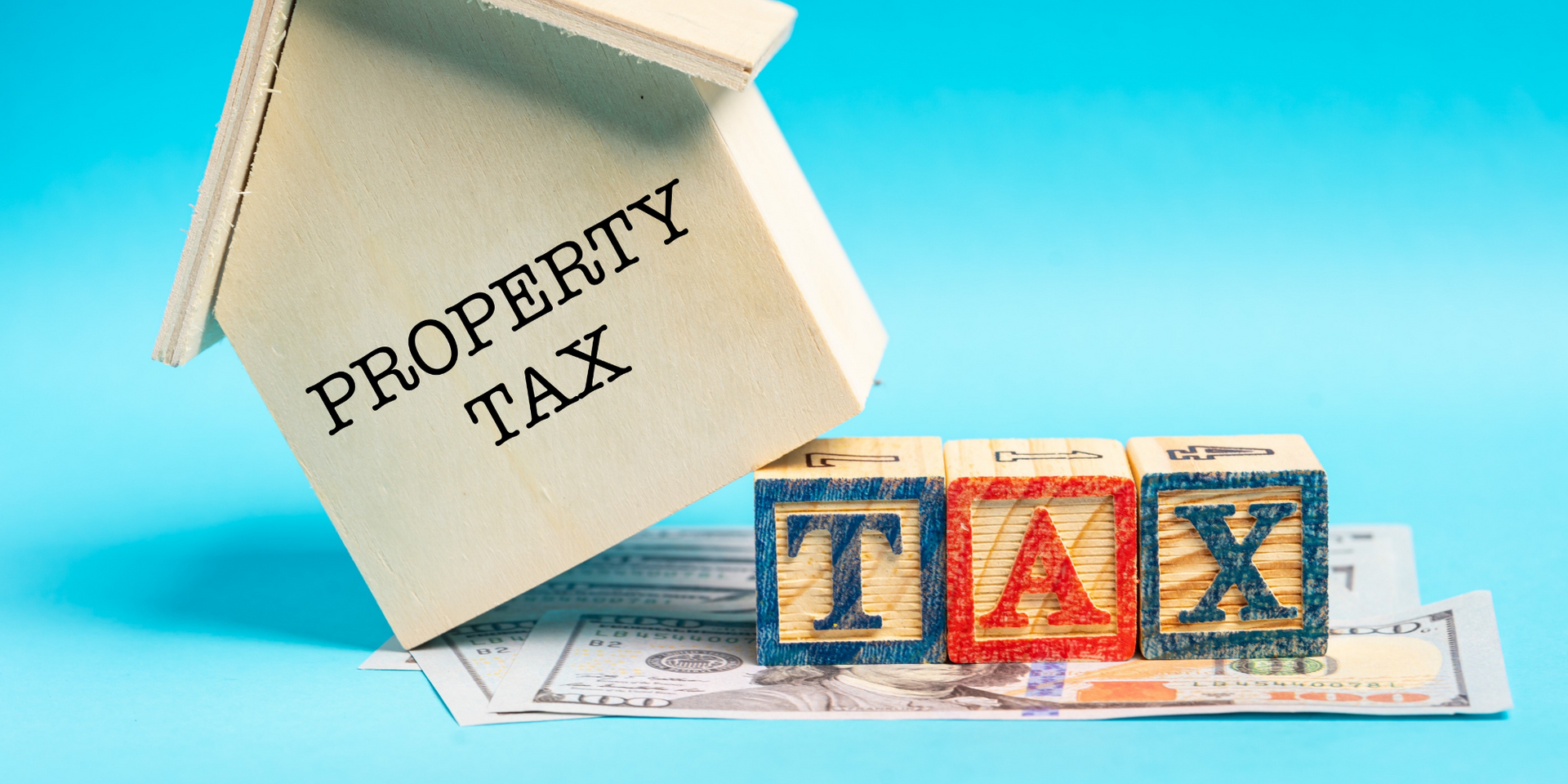


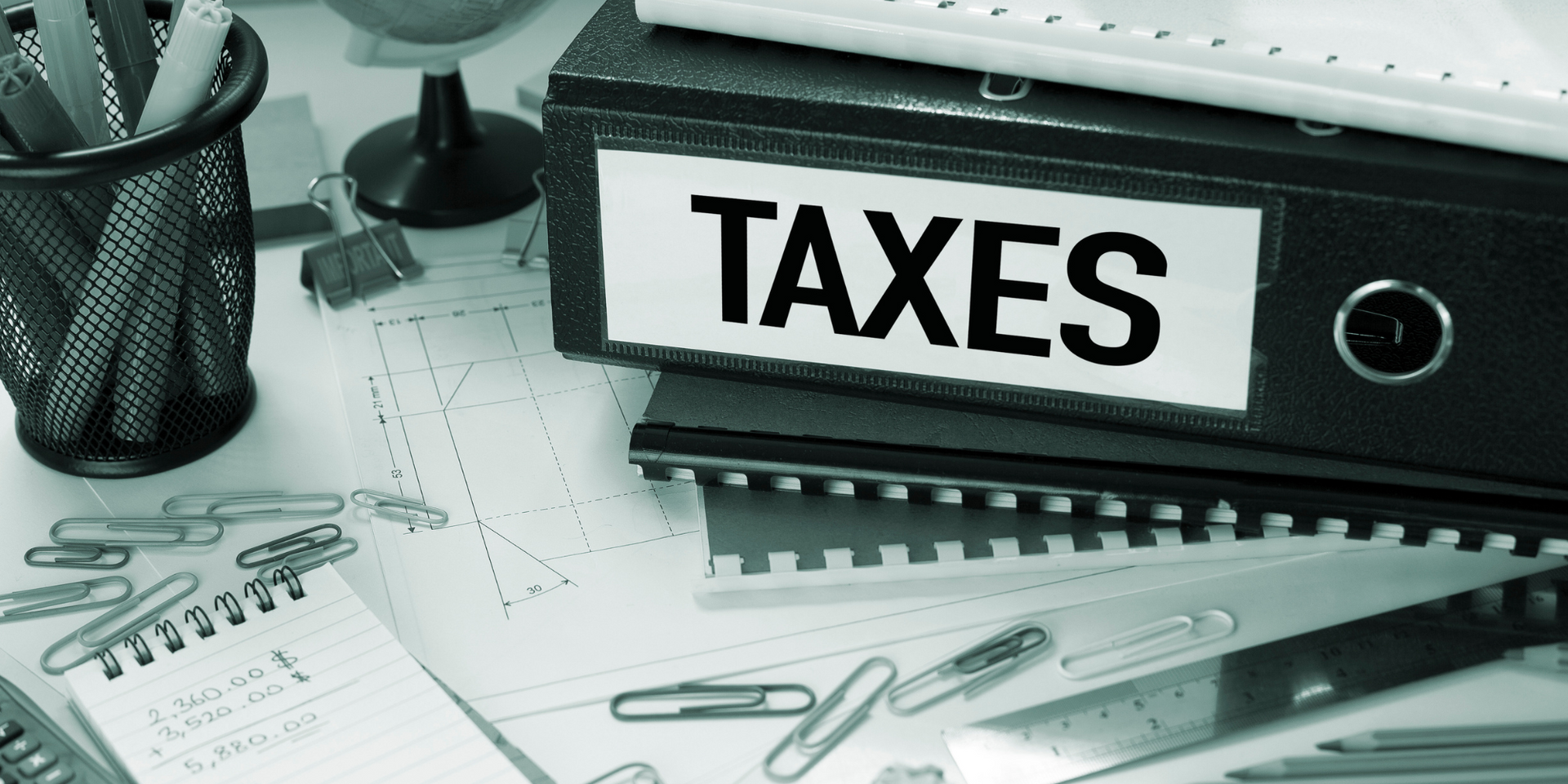


Bring your books up to date
CONTACT US TODAY
Contact Number
